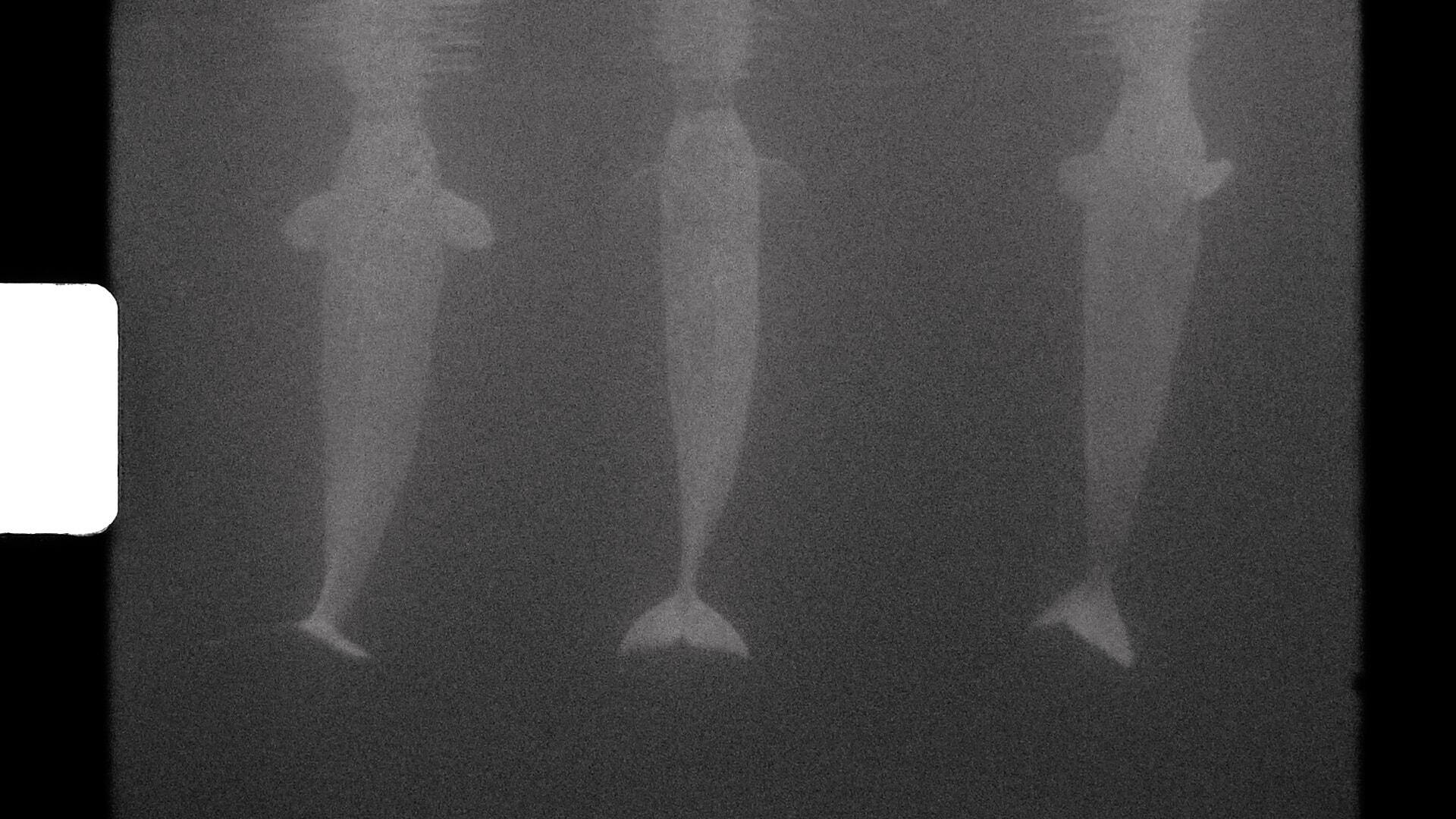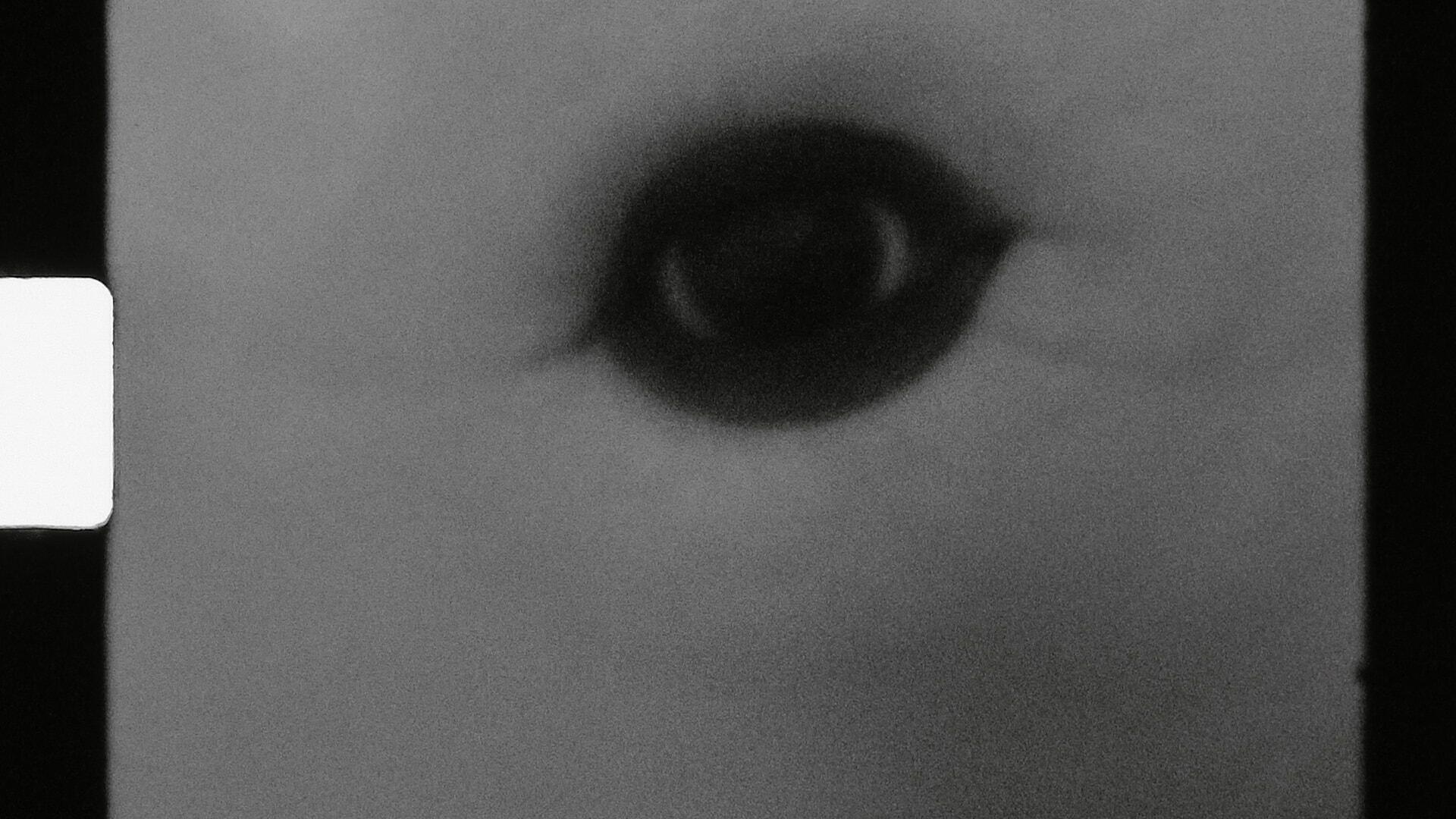Carrying one

Carrying One is a video essay made during the PRIM-Dazibao production-dissemination residency. It expands upon connections developed during recent artist residencies in Russia, Anticosti and other places where beluga whales can be found. The project provides a mental image of a nursery of beluga whales, an image derived from the struggles of ecologists environmental groups near Cacouna, Quebec to protect a birthing site threatened by oil companies’ underwater drilling machines operations. Given the absence of images that depict this birthing site, the essay has become a way of making it exist perceptible. From a plurality of glances and especially the one of a truck driver transporting a beluga whale, the artist composed the narrative of a gestation. The piece functions in a non-linear manner across several places and times corresponding to the beluga’s birth and death, to finally create a form of social history.
Technical information
Documentation
"Mise au monde: Belugas and the human world" (interview), All in a Weekend Montreal with Sonali Karnick, CBC Radio, January 6, 2018.
Delgado, Jérôme. « Mise au monde »: le béluga, emblème de survie, Le Devoir, 3 février 2018.
Artist's Note:
Since 2012 I have been working on a thematic archive on the social history of the beluga whale. The materials in this archive-artwork, made up of diverse data, photographs, videos and recreations, and including both archival images and images I have shot, are regularly remixed and rearranged to produce new works.
The video essay made during the PRIM-Dazibao production-dissemination residency is part of this process and expands upon connections developed during recent artist residencies in Russia, Anticosti and other places where beluga whales can be found. The project provides a mental image of a nursery of beluga whales, an image derived from the struggles of ecologists near Cacouna to protect a birthing site threatened by oil companies’ underwater drilling machines. Given the absence of images that depict this birthing site, the essay has become a way of making it exist. Using a number of points of view, I have composed the narrative of a gestation, based on a story told by a truck driver transporting a beluga whale. The piece functions in a non-linear manner across several places and times corresponding to the beluga’s birth and death.
Mise au monde was born of the desire to create an essay around the cinéma direct masterpiece Pour la suite du monde (Moontrap, NFB, 1962), directed by Michel Brault, Marcel Carrière and Pierre Perrault. This film, which brought Québec into the modern era, documents the last capture of a beluga whale in Québec and shows the know-how involved in this pursuit commonly practised by the inhabitants of Isle-aux-Coudres. Pour la suite du monde shows the entire journey, from the place the whale is captured to where it is relocated; the New York Aquarium. Starting from Québec’s North Shore, I tried to relive this transport with a sculpture in white marble representing a beluga’s dorsal fin. Following this simulation, I continued my research in Russia, the last country to capture beluga whales for aquariums. There I followed the route of a beluga whale truck driver, adding four places and an equal number of parallel stories, enriching the narrative of the video essay. - Maryse Goudreau, Notes for the exhibition at Dazibao, January 11 to February 17, 2018
Nature, Animals, Fauna, Reproduction, Russia, Anticosti, Cacouna, Wildlife conservation

































